Epiphanies never come quietly. Like a thunderclap, they emerge only after breaking some barriers. Always hidden and at all times awake, these moments arise from some automatic recalibration of your inner ordering. You could even say that it’s only during an epiphany that you can actually feel your brain creating a new pathway — feel your synapses igniting. Of course, poetic language has an equivalent to the rousing epiphany. It’s the oxymoron.
One of the oldest oxymorons in Western literature is bittersweet. You can find it Sappho’s 130th fragment — all the way from 620 BC. In this simple poem about what love feels and tastes like, Sappho uses the oxymoron to bring all the multiple perspectives about love together. It becomes her fulcrum, acts like her epiphany written out. Just imagine what a listener would have felt once hearing this newly created word to describe love:
Once again that loosener of limbs, Love,/ bittersweet and inescapable, crawling thing,/ seizes me.
To understand an oxymoron is to understand that sometimes a word, or thought, or even feeling can be two, three, or many, perhaps contradictory, entities at once. Like looking into a window and seeing multiple planes of existence all moving there, meaning contains all the paths leading to it and all the connections forged from it. You’re forced to admit that the separateness that accompanies tightly ordered reason and logic — vocabulary and argument — is only an essence of what surrounds original experience.
What does this all have to do with Los Angeles stylist/photographer Brigitte Pavich? Well, it was in Sappho’s shortest fragments, these little bursts of beauty, that I found what Pavich’s photography was all about, and I guess you could say that this introduction’s length also indicates something. But in case it’s not clear, I’ll simply write it out. I really like Pavich’s photographs. Because they’re immediate, uncluttered and well aware of intuition, they come like epiphanies. Bittersweet. Never quiet. They’re little instances of pure poetry — beautifully half-sung, half-whispered, all alone.
In this interview, Pavich talks about her lifelong fascination with photography, explains how important personal style is to a photographer, and reveals how she uses Instagram and an iPhone to make beautiful work.
You’re an amazing stylist but also shoot street/architectural photography. How did you get your start in photography? How would you describe your style?
Wow, thank you. I started with Mr. Hilmer Finney in 7th grade. He was a stern old man with polio who looked like Harry S. Truman and I adored him. He taught typing, algebra, and photography. When I was in high school my stepfather lent and later gave me his Pentax K1000 which I still have. In fact, I have all my cameras except the Nikon 500D I left in the back of a cab in Buenos Aires. In the 80s I moved to a Rolleiflex 2-1/4 and Polaroid Automatic 100. The 90s were about snappies and I used a Contax T2. To take fitting photos I used a Polaroid Spectra, and now I use a Ricoh Caplio GX100. For daily use I shoot with my Verizon 3G iPhone. A friend just lent me his Leica Digilux that I’m looking forward to trying. He says it has the sweetest, softest lens ever.
I have always loved photography. Even though I’ve been shooting for years my strong suit is not technical, it is the story. I let the camera take the photo. When I shoot with the iPhone I use its crappiness to tell the story. I’ll shoot in any conditions. I like a flare, I will shoot into the sun, so blinded, I can’t see the shot. I will shoot in the dark and do the same thing. The most helpful thing I can share is to be fearless and be in the moment, great advice for photography and life. With the iPhone you have nothing to lose.
I have a few themes I come back to all the time. I love to shoot cars. I should get a job with the Auto Trader. But I like them to be in the right environment to reflect their personality. I like to take reflection shots. And I like to take photos of people from the back (I have shot them from the front for 20 years for fitting photos). I am looking for the story. The twist. The thing that expresses human vulnerability. The heart of something. It is the hardest thing to do. And I’m not saying I do it successfully, but I am looking for it. I like things a little soft, timeless. Someone said to me recently, “I think I know your trick!”; and I said,“What’s that?” And he said, “Time travel!” It’s true. I prefer the soft blur of distance. And my shots are lonely.
You have worked for many national commercials and clients as a stylist. Do you think being a stylist has helped you as a photographer? If so, what advantages has it given you?
I came to styling after photography. I did a lot of “artistic” jobs to make a living. Styling was the one I stuck with. I have enjoyed doing it. It gave me a creative outlet and access to places and people far beyond my dreams or means. I was fortunate to work with brilliant photographers and cinematographers. The ones who influenced me the most are Melodie McDaniel, Jean Baptist Mondino, Harris Savides and Wyatt Troll. I also collect reference books for work and photo books for pleasure (Eggleston, Shore, Arbus, Davidson, Levitt, Frank, etc.) and I watch a lot of films. I think it opens your mind to possibilities. It trains your eye. But it doesn’t define your style. Style is who you are. And style in photography and clothes is all about personal expression. I am interested in everyone’s photos, famous photographers or friends. I love to see the world through someone else’s eyes. I like photography for the same reason I like styling. The story it tells of being human, the bittersweet beauty of being alive.
What advice would you give to other photographers about style? Any general style guidelines you wish more people knew?
Your questions are great! Shoot, shoot, shoot is the answer. You won’t have your own style for years. It’s an unveiling of yourself. But the wonder of photography is that you can’t help but express yourself. No one can take that exact same photo. It is a combination of your history, the moment, the camera, chance, so many things. Wherever I am with my iPhone it is in camera mode. The thing I love about photography is the constant reminder that every moment is its own, it will never come again. If I see a reflection in a window the next moment a beer truck will drive up and park in the shot. If I pull over to run after a person they will go into a store. I have to stay vigilante. To look outward. For me it is meditative. One’s style comes from shooting enough to develop a style. It has taken me years. I don’t have any rules except that whatever you take should affect emotion in the viewer, any emotion other than boredom is good! Everyone has their own personal symbols and preference in telling their story.
You’re also the first Instagram-only photographer we’ve featured. What do you usually shoot with? What are your thoughts on iPhoneography?
Wow, thank you, again. I’m honored, there are so many incredible Instagram photographers. I love the iPhone for street shooting. I keep my 3G because I like its lens. I am not a camera snob. All cameras serve different purposes. For street photography, I like the iPhone because it is compact, always with me and undercover. Also it’s virtually free. I remember reading that when Lisette Model was teaching Diane Arbus she said you have to make every photo count because of the cost. There was a time when that was true for me, too. I was broke and could barely afford film or chemicals. I was shooting 2-1/4 and developing it in my closet and printing in a friend’s darkroom. It was a crazy amount of work for 12 shots. I didn’t even have a light meter, so it was hit or miss. Good training but frustrating. It is such a luxury to have it be immediate and free!
I love that you add captions to some of your photographs and that you engage with your audience through Instagram comments. For instance, in this photo (above) you’re able to confirm @solidsignal‘s interpretation as being what you were trying to convey. How does having a dialogue with your audience affect your approach? Does knowing what receives more likes change anything?
Being understood is a GREAT feeling. How often do we get that experience and from a stranger? Oddly, I don’t interact as much as other people. I have few followers. I don’t hashtag. But I am also not private so I have made some Instagram friends. @Solidsignal is one of them. I have another friend, @chip_chop_chip, who lives across the country. His work is amazing and he is a very supportive of me. He introduced me via Instagram to @bgraves111 who came to the show that you saw at Alias Books East, which was curated by my Instagram friend Jon Huck. Instagram IS social media. And it isn’t only about your photographs but the access you have to see other people’s photos. I love my Instagram feed. The “likes” that a photo gets does not influence me but it does interest me. Sometimes it is only because of the time of day how many “likes” you get. Sometimes it is because you posted roses. People love flowers and dogs and cats and clouds and pretty girls. They just do. There are photos for everyone. Things you think no one will like people love or vice-versa. Ultimately I don’t care if anyone likes my photos. I take photos for myself. Personally, I like a little heartbreak in a photo.
You’re able to connect with your audience in a more immediate way with Instagram. Do you foresee more photographers moving toward this platform to raise visibility? Would you recommend it?
Sure. You don’t have to upload photos that you don’t want to share. I like Instagram because I have a forum to express myself. I use it as a diary of my day. Almost every photo is from the day it is posted. Occasionally I will post a #tbt or a photo from the past. When I first started I did that more often, but then I realized I preferred the challenge of shooting something new every day. It’s an exercise for me. There are really great photographers on Instagram. I follow @ToddHido who hasn’t posted in a while but has promised he will soon. He uploads 126 film photos he takes of women in hotel rooms and some of his houses. There is @RobertBroadbent who takes gorgeous photos of New York City. And there is @AutumndeWilde who is one of my favorites.
You have a great eye for interesting juxtapositions, reflections, and shadows. When out shooting, when do you know you have something that needs to be captured? Is it a gut feeling, an intuition? If so, how would you describe that feeling?
It is the best feeling in the world. I live for it. Even talking about it is nice (Thanks!). There is definitely intuition involved. But more than that there is a subconscious eye that has been trained through years of looking. A reflection shot is a really good example. Reflections can have 3 or 4 different planes and each of them adds to the story. The stakes get higher if you want to use moveable objects like pedestrians or cars, not just to be in the shot but to cut a flare or make a dark background. You have to train your eye to see each of the planes. It is difficult, illusive. Often I don’t know exactly what I’m taking. But I know instinctually the composition. You always know when you get the shot. You feel it. You see it in your mind’s eye. Eggleston was asked why he only took one or two photos of a subject and his answer was “because that’s all there is.” I’m no Eggleston but I understand what he means. I will never use a rapid fire app or setting. The whole thing for me is finding the moment. That is the pleasure.
This one is one of my favorites. Could you explain how you completed it from start to finish?
The shot you mention was early morning. I was walking by the children’s art school in Atwater Village and the flowers caught my eye. The plate glass window was a perfect reflector of the storm clouds. The clouds give it the softness that makes it dreamy. There is a child’s painted rainbow on a piece of paper above the flowers, it’s not clearly visible (a sad disappointment to me) but it was part of the whole scene that drew me to take the photo. A classic finger-painted rainbow, it was so immensely hopeful. Spring and children. I saw the bus coming and knew that was the shot. There is nothing that says children like a big yellow school bus. I snapped 3 as the bus moved through the shot. It probably took 10 seconds. Best lesson in the world. Time is all we have, don’t waste it, don’t hesitate. I re-learn this every day.
You’re based Los Angeles, and you find many great locations. What advice would you give about finding the best places to shoot?
I’ve lived in Los Angeles since 1982. And have worked all over the city with film crews. It’s good to know your city. But I have traveled the world and it’s great to shoot a new place, too. I have a personal challenge I give myself. If I’m in a completely banal place with seemingly nothing to photograph I make myself find a photo. It doesn’t always work but sometimes you can surprise yourself. The photo is not in the location, it’s in you. Sounds corny, but that’s what I believe.
Don’t let the moment slip. Capture every minute of your bittersweet memories with your iPhone and create great Instagram worthy stills with your iPhone.
Be sure to check out all of Brigitte’s work on her Instagram!

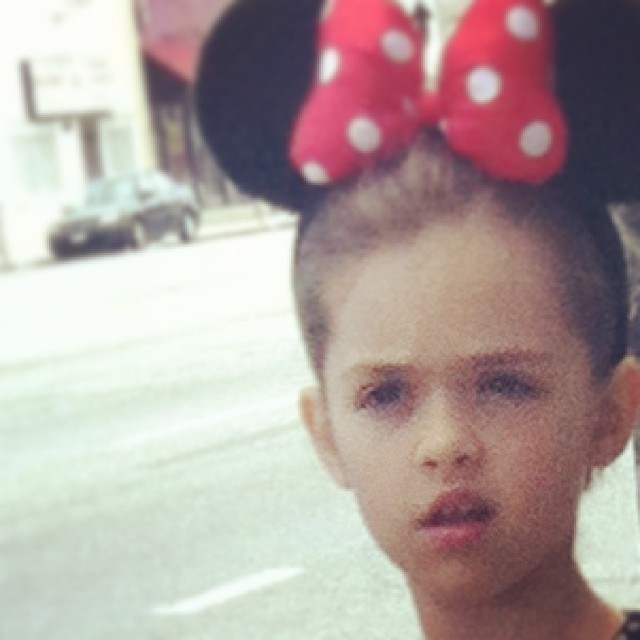
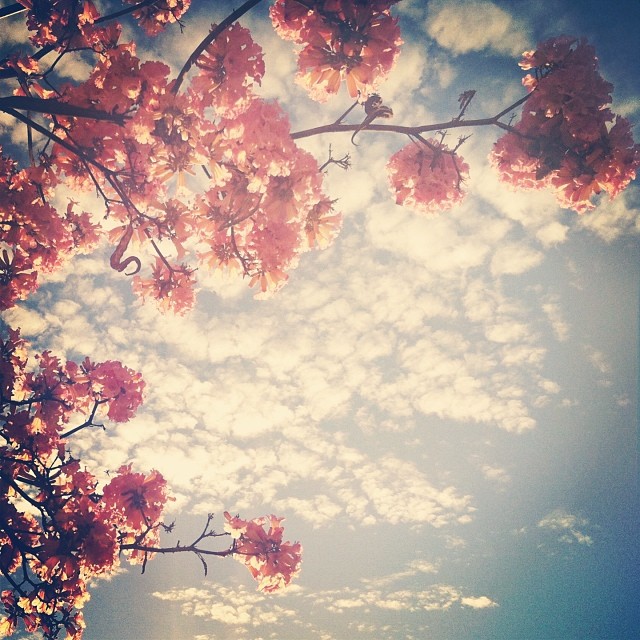
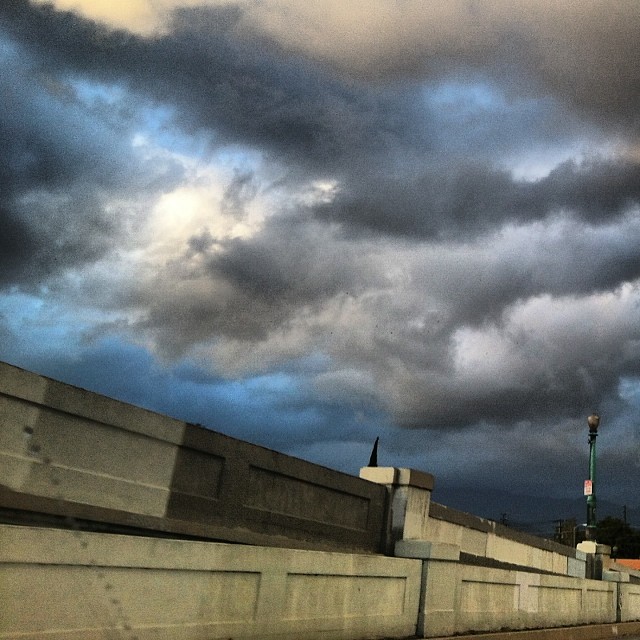
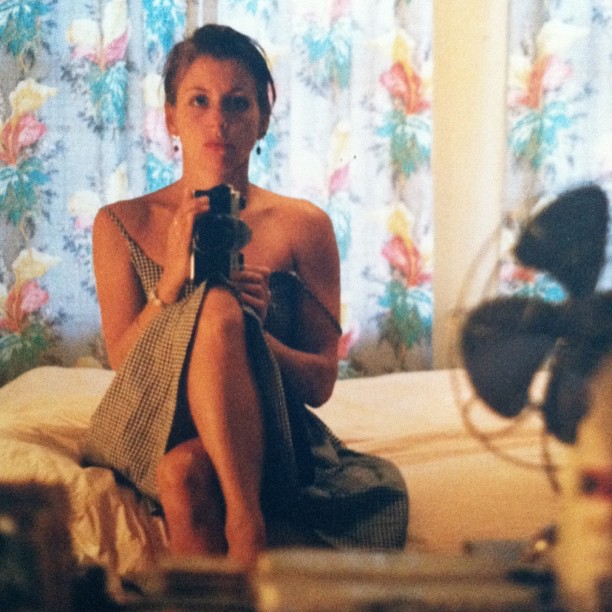
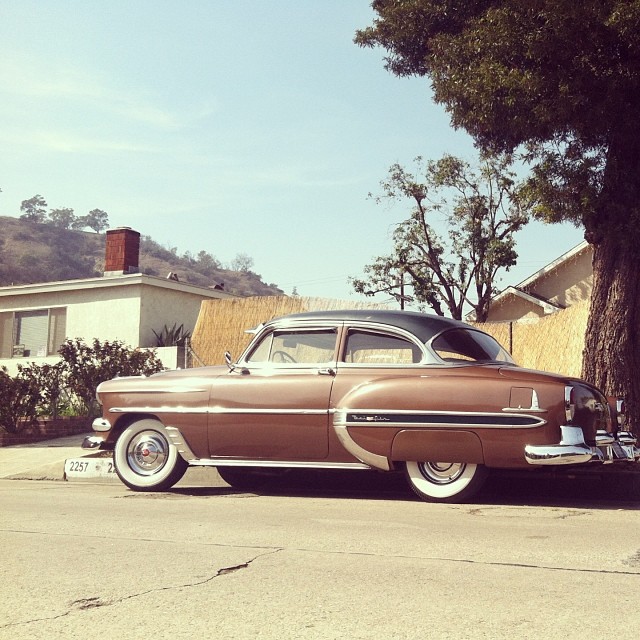
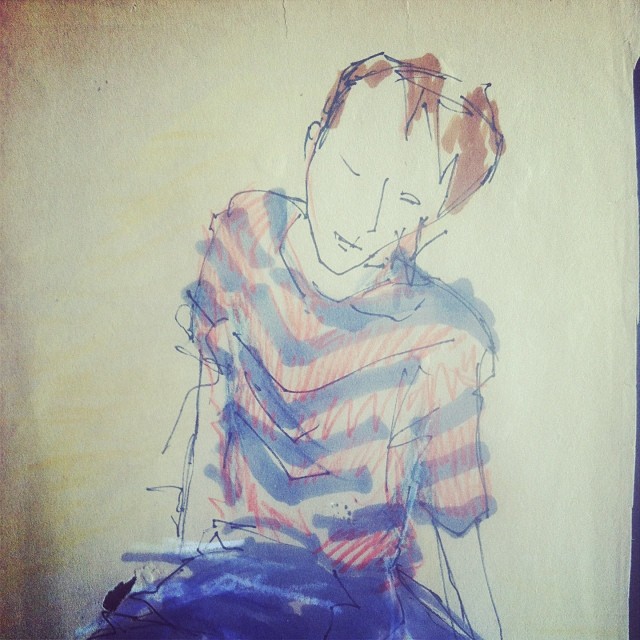
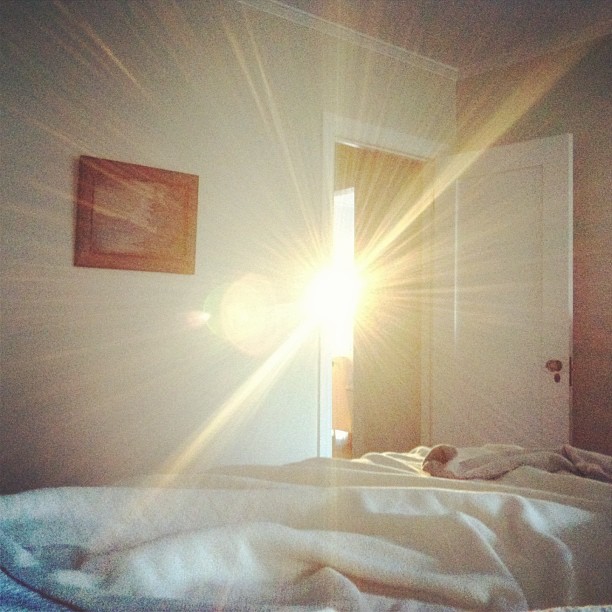
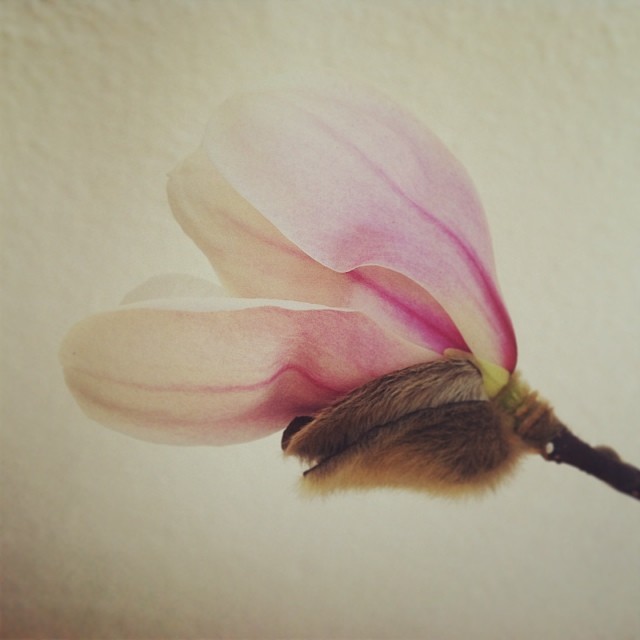
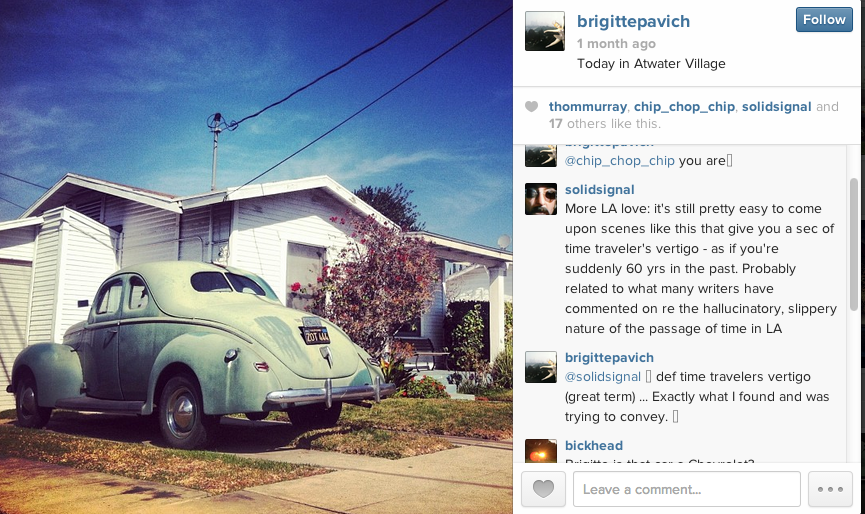
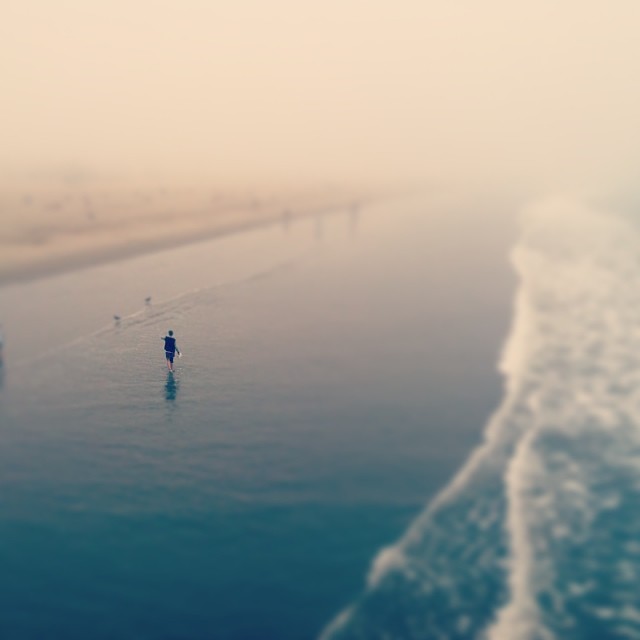
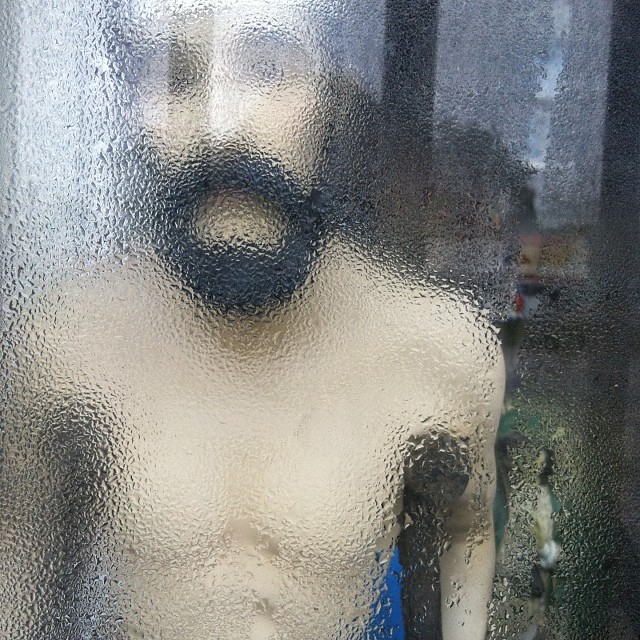
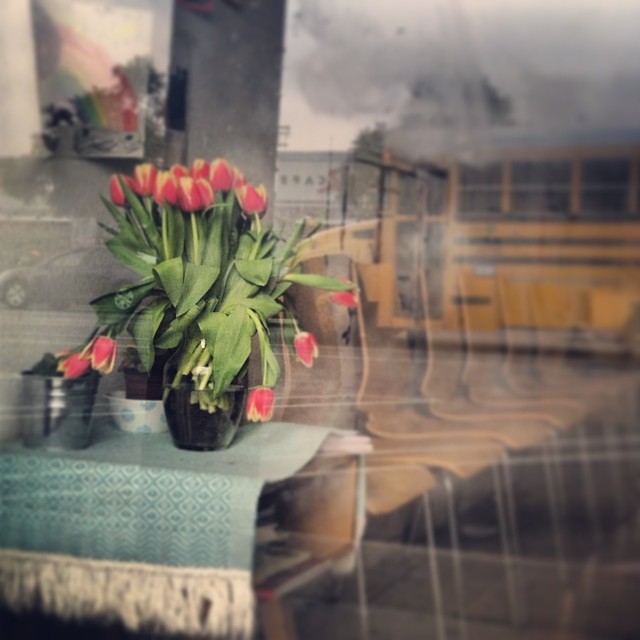
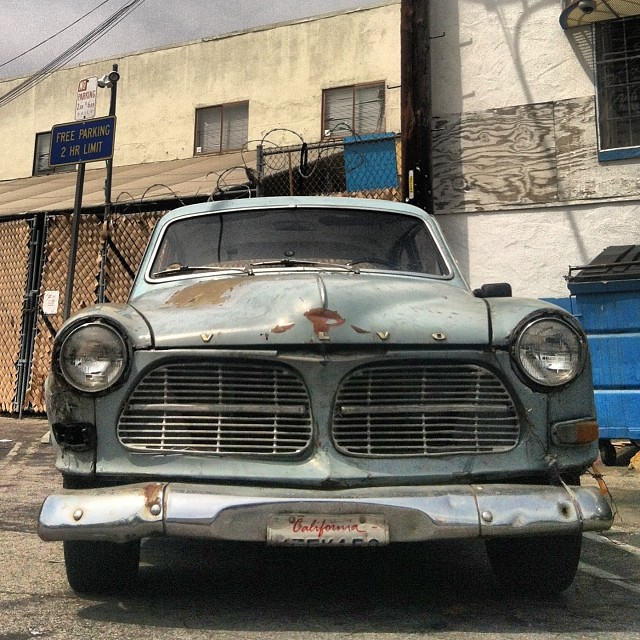
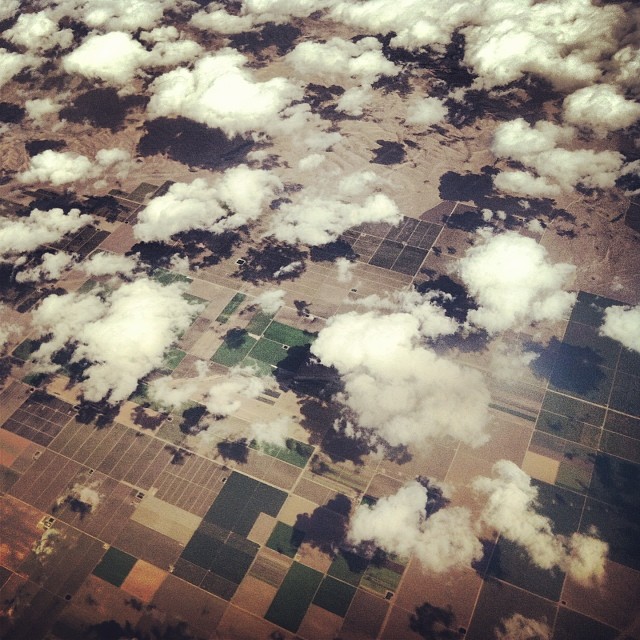
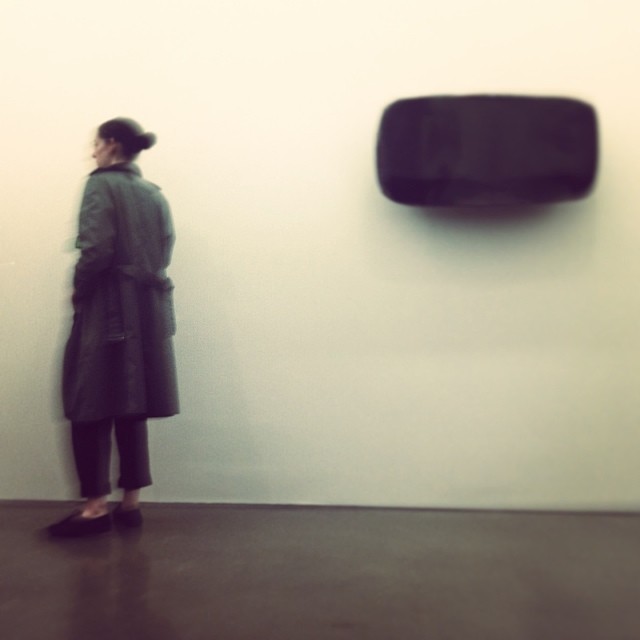
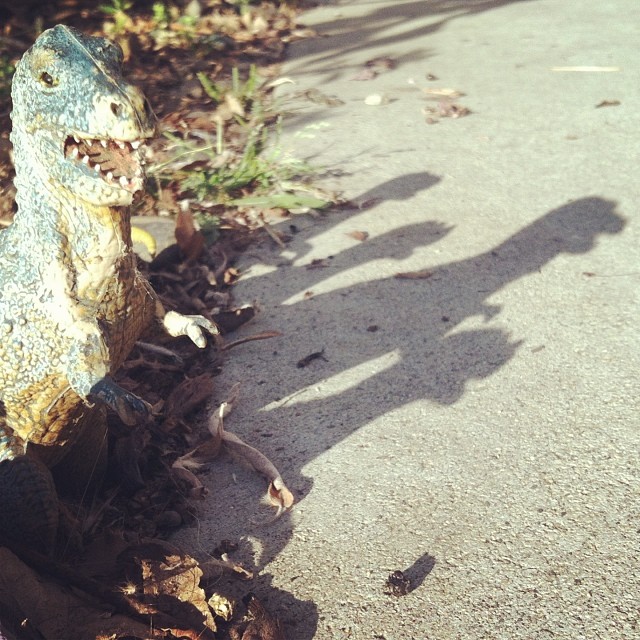
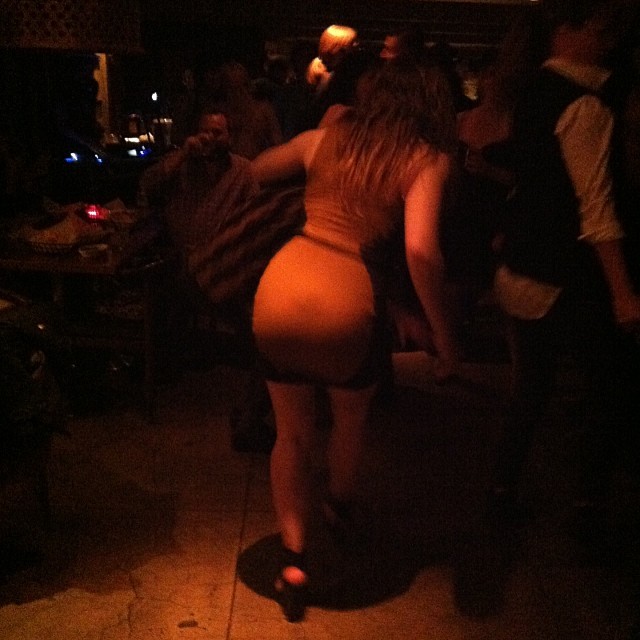
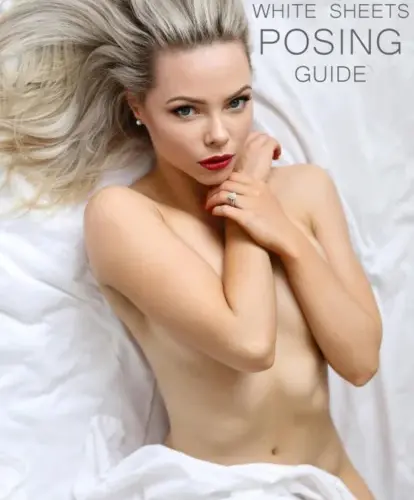

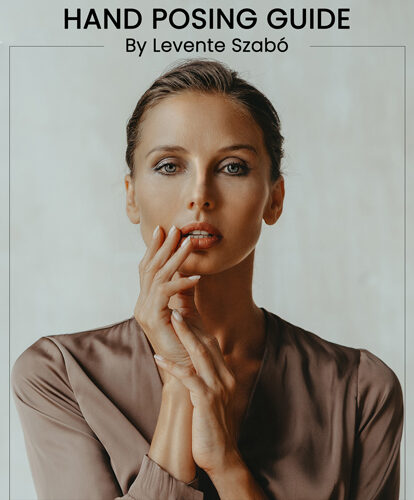
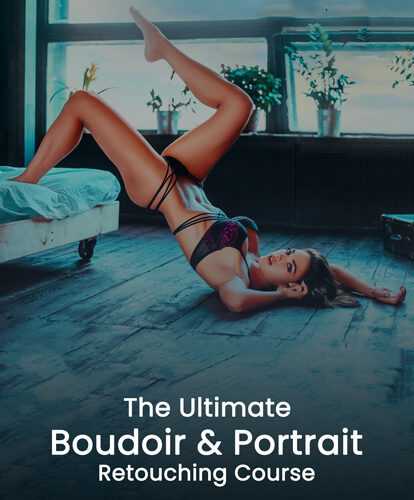




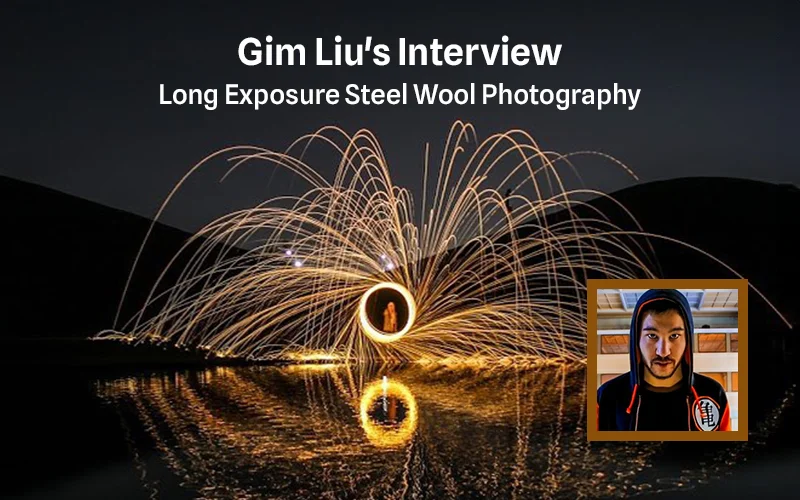
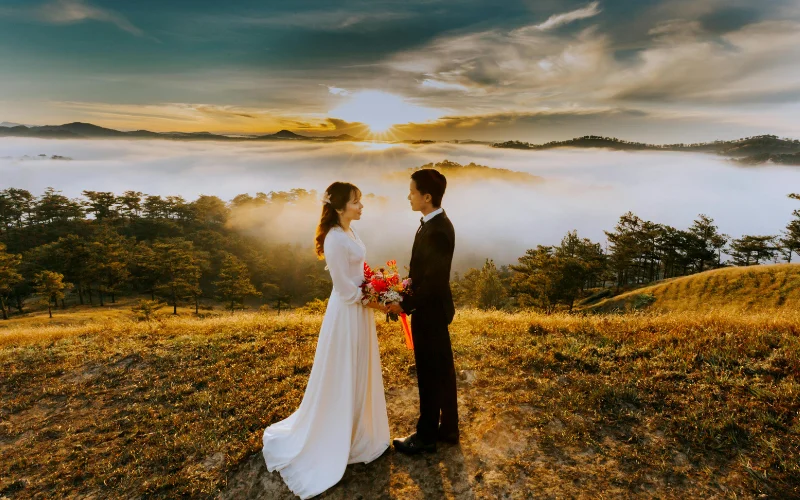




1 Comment on “Brigitte Pavich Interview: Using Instagram and an iPhone to Capture the Bittersweet Beauty of Being Alive”
Thanks for this insightful interview. Having known Brigitte from years ago, I have rediscovered what we share in common through her work. and I agree..the best camera is always the one you have with you.